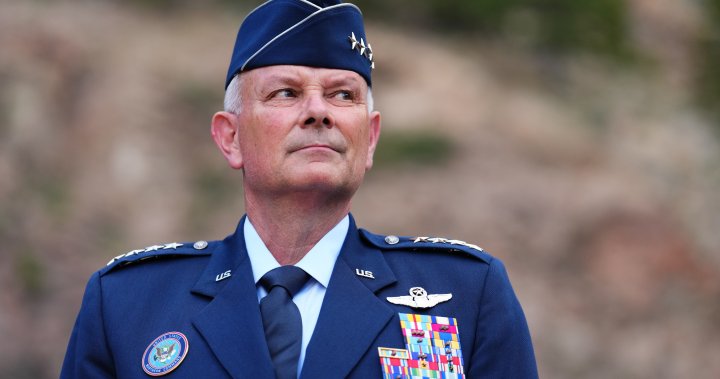
Canada, U.S. ‘too slow’ adapting to security threats: outgoing NORAD chief
Global News
During President Joe Biden's visit to Ottawa, he and Prime Minister Justin Trudeau announced that an Arctic over-the-horizon radar system is expected to be up and running in 2028.
In a world of uncertainty, there is one critical mission the North American Aerospace Defence Command can count on every year: tracking Santa Claus.
On Sunday, millions of people will log onto the specialized website and social media channels that depict the jolly old elf’s magical journey as he and his reindeer visit children around the world.
More than 60 years after it began, the Santa tracker is a beloved holiday tradition and a powerful public-relations opportunity for the binational agency dedicated to defending North American airspace.
Informing the public about Norad’s mission the rest of the year has been a priority for commander Gen. Glen VanHerck, and in that regard, the dramatic start to 2023 came with an unexpected opportunity.
On Jan. 27, Norad learned that a high-altitude surveillance balloon from China was heading toward North America. It was detected entering Alaskan airspace the next day and tracked as it passed over Canada on Jan. 30 and 31.
Norad quietly collected data on the balloon until U.S. fighter jets shot it down off the coast of South Carolina on Feb. 4, when the public learned of its existence for the first time. American jets took down three more unidentified objects over the next several weeks, making international headlines.
“It raised the awareness of Norad’s mission,” VanHerck said in a recent interview from Norad headquarters in Colorado Springs, Colo.
“It raised the awareness of the domain awareness gaps. It raised the awareness that we need to share and collaborate globally on potential threats approaching North America.”











